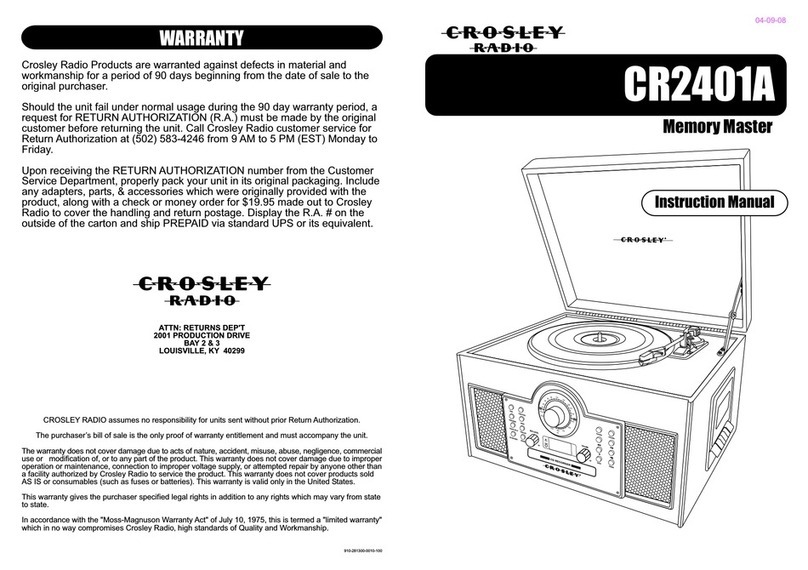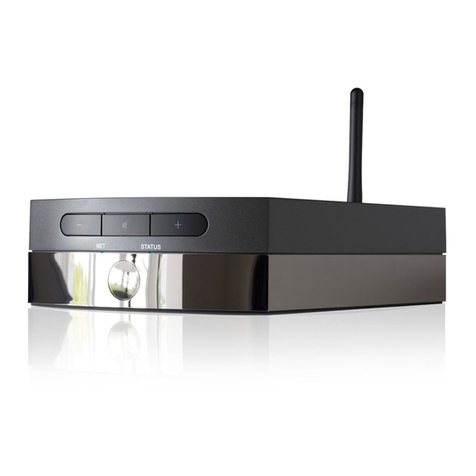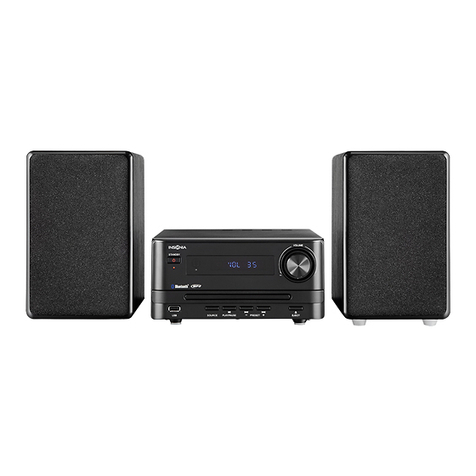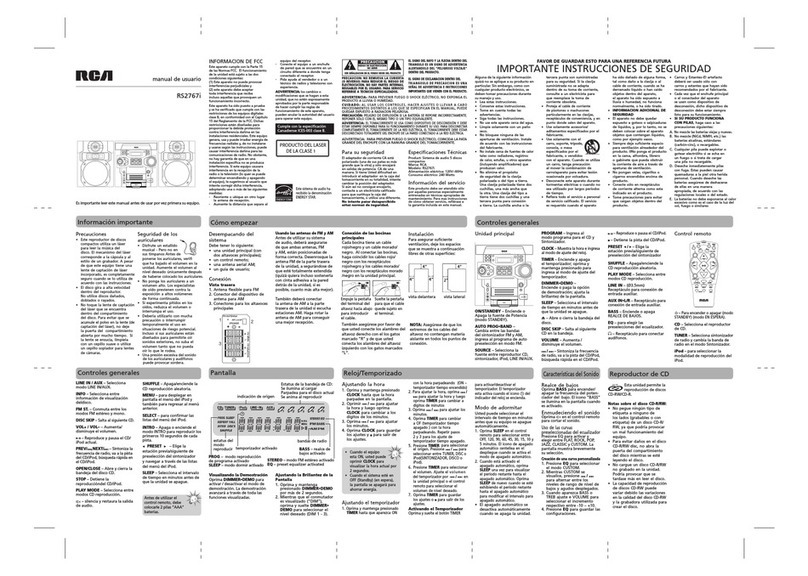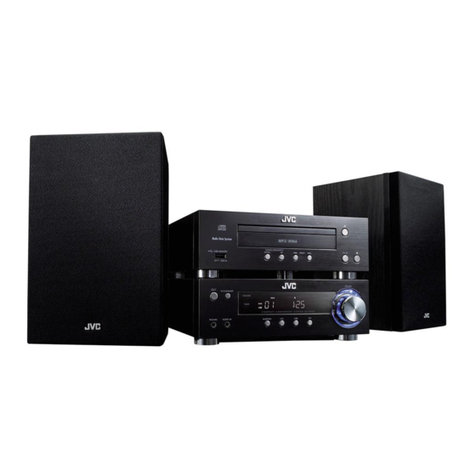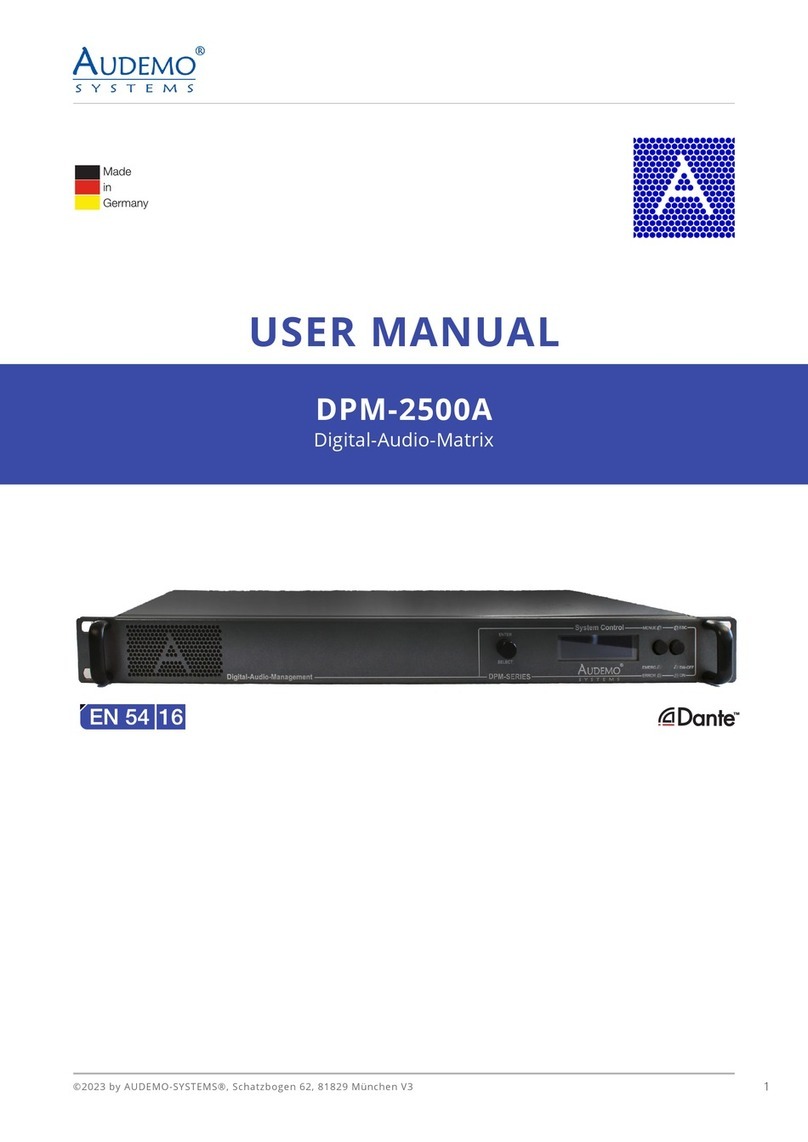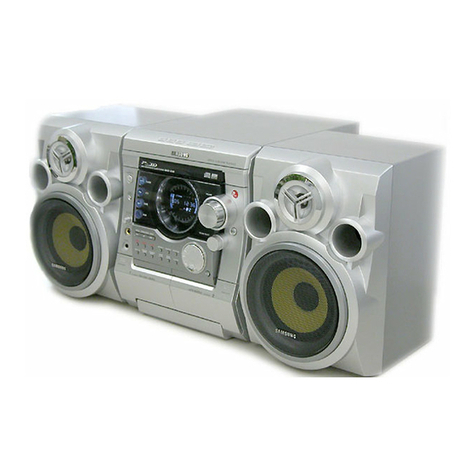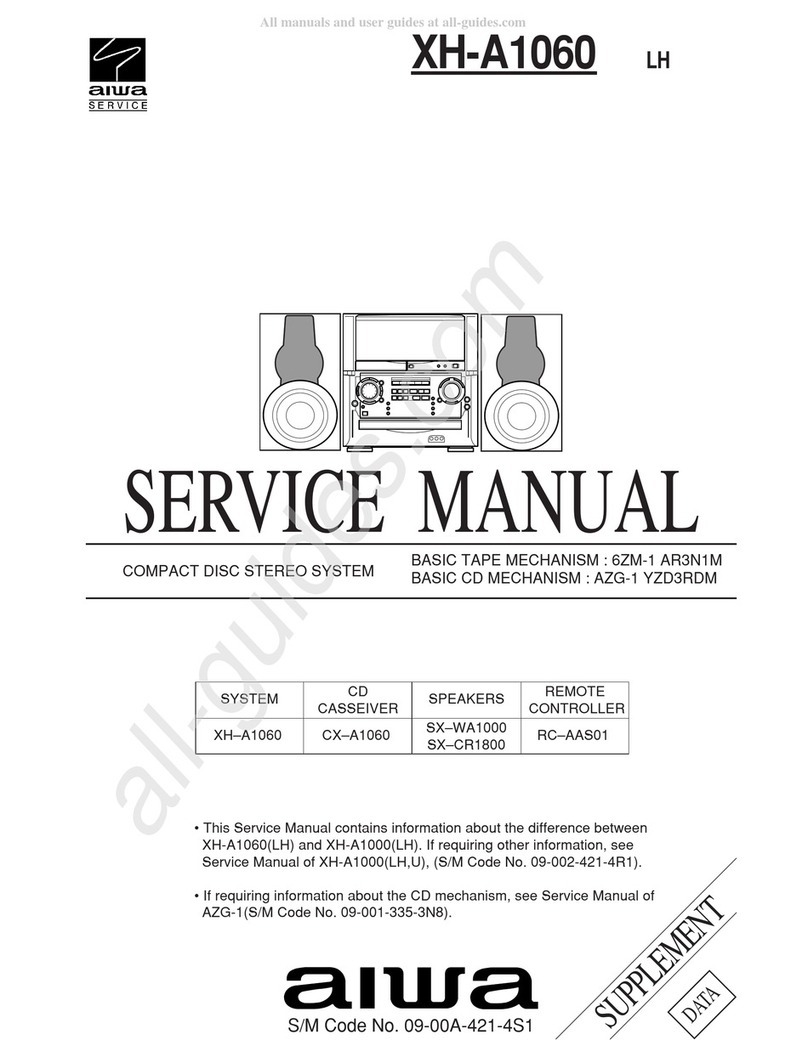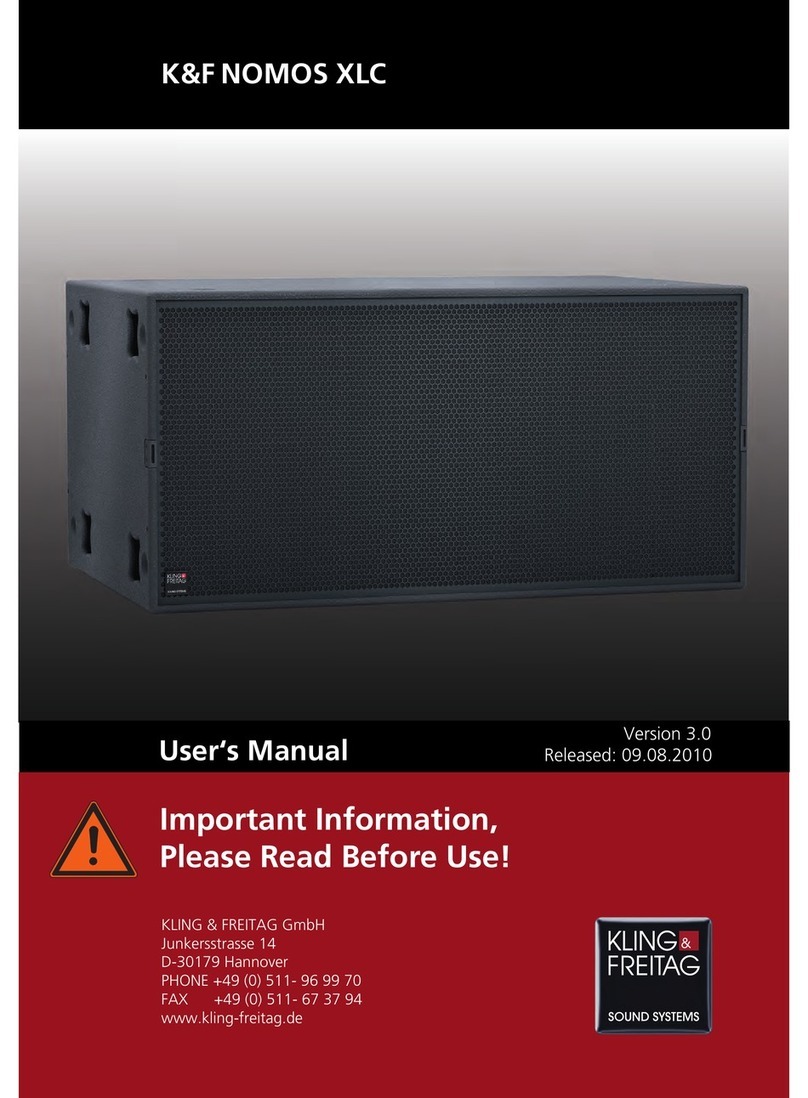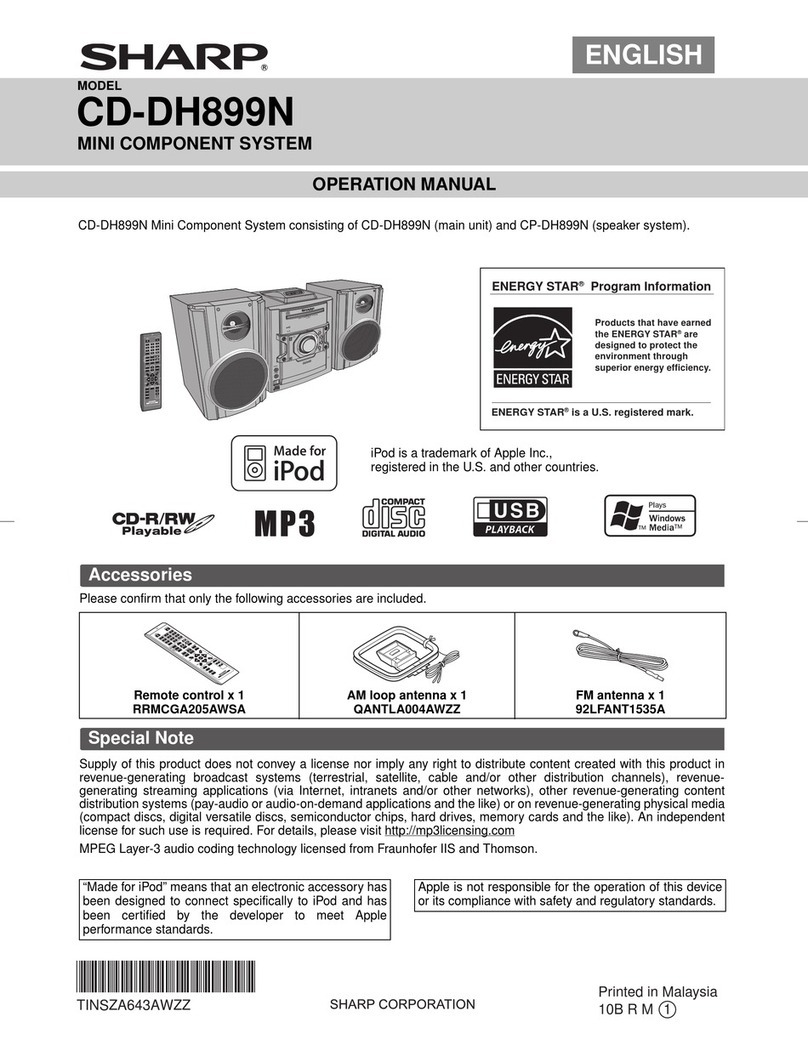Black Box AC470A User manual

CUSTOMER
SUPPORT
INFORMATION
Order toll-free in the U.S. 24 hours, 7 A.M. Monday to midnight Friday: 877-877-BBOX
FREE technical support, 24 hours a day, 7 days a week: Call 724-746-5500 or fax 724-746-0746
Mail order: Black Box Corporation, 1000 Park Drive, Lawrence, PA 15055-1018
OCTOBER 1994
AC470A
Internal Audio System
Internal Audio
System
MIN MAX
AMPLIFIER DIRECT
CD
INPUT
SOUND BOARD
PC SPEAKER
MIN MAX

2
INTERNAL AUDIO SYSTEM
FEDERAL COMMUNICATIONS COMMISSION
AND INDUSTRY CANADA
RADIO FREQUENCY INTERFERENCE STATEMENT
Class B Digital Device. This equipment has been tested and found to comply
with the limits for a Class B computing device pursuant to Part 15 of the FCC
Rules. These limits are designed to provide reasonable protection against
harmful interference in a residential installation. However, there is no
guarantee that interference will not occur in a particular installation. This
equipment generates, uses, and can radiate radio frequency energy, and, if
not installed and used in accordance with the instructions, may cause harmful
interference to radio communications. If this equipment does cause harmful
interference to radio or telephone reception, which can be determined by
turning the equipment off and on, the user is encouraged to try to correct
the interference by one of the following measures:
• Reorient or relocate the receiving antenna.
• Increase the separation between the equipment and receiver.
• Connect the equipment into an outlet on a circuit different from
that to which the receiver is connected.
• Consult an experienced radio/TV technician for help.
Caution:
Changes or modifications not expressly approved by the party
responsible for compliance could void the user’s authority to operate the
equipment.
To meet FCC requirements, shielded cables and power cords are required
to connect this device to a personal computer or other Class B certified device.
This digital apparatus does not exceed the Class B limits for radio noise emission from
digital apparatus set out in the Radio Interference Regulation of Industry Canada.
Le présent appareil numérique n’émet pas de bruits radioélectriques dépassant les limites
applicables aux appareils numériques de la classe B prescrites dans le Règlement sur le brouillage
radioélectrique publié par Industrie Canada.
TRADEMARKS
Any other trademarks mentioned in this manual are acknowledged to be the property
of the trademark owners.

3
CHAPTER 1: Specifications
System Requirements — At least one available 51⁄4-inch standard disk bay
Speakers — 8-ohm stereo
Frequency Response — 250 Hz-20 KHz @ 83 dB with SPL
Magnetic Flux Density Leakage— <6 gauss (measured at enclosure)
Amplifiers — Built-in: -4W, 10W direct driven
Power — +12 VDC from the PC
Size — 1.7"H x 5.7"W x 7.9"D (4.3 x 14.5 x 20.1 cm)
Weight — 1.5 lb. (0.7 kg)
1. Specifications
WARNING!
Permanent or temporary hearing loss or impairment may result from
excessive amplification of the sound through the headphone jacks.
Before wearing any headphones, please hold them away from your ears
to prevent any injury from unexpected sound or static noise.

4
INTERNAL AUDIO SYSTEM
2.1 Features
Your new Internal Audio System transforms any PC into a high-quality audio
system. The Internal Audio System installs easily in any existing standard
51⁄4-inch disk bay. It’s packed with many convenient features:
• Two powerful, high-quality amplified stereo speakers.
• Engineered to be 100% safe for use in close proximity with all magnetic
devices.
• Compatible with all sound boards, CD-ROMs, CD digital audio players,
and MPC systems.
• Replaces your original PC speaker, giving you better frequency response
and volume control.
• Can be used with third-party sound boards to capture, display, and edit
audio waveforms.
• Convenient front-panel access to headphone output and microphone
or CD input jacks.
• Independent left/right volume controls.
• Direct Driven/Amplifier selection.
• PC Speaker/Sound Board selection.
2.2 Your Package Includes:
Unpack the Internal Audio System from its original shipping package
and check the contents. The package includes:
• (1) Internal Audio System unit.
• (1) Metal Bracket with (2) colored right-angle stereo cables attached.
• (2) 6-inch right-angle stereo cables.
• PC-Speaker Mono Cable.
• (4) Screws to anchor the Internal Audio System to your PC.
• This User’s Guide.
2. Introduction

5
CHAPTER 2: Introduction
2.3 Before You Get Started
Be sure to read Section 4,Installation, before proceeding with the actual
installation and operation of this unit.
For further information on proper operation, please read Section 5
Operating Modes. If you encounter problems while installing your Internal
Audio System in an older computer chassis, or to address other questions
you may have regarding installation, please call Black Box.
2.4 Calling Black Box
If the Internal Audio System malfunctions or the package arrives incom-plete,
do not attempt to alter or repair the unit. It contains no user-serviceable parts.
Contact Black Box. Before you do, make a record of the history of the
problem. Black Box will be able to provide more efficient and accurate
assistance if you have a complete description, including:
• The nature and duration of the problem.
• When the problem occurs.
• The components involved in the problem.
• Any particular application that, when used, appears to create the problem
or make it worse.
2.5 Shipping and Packaging the Unit
If you need to transport or ship your Internal Audio System:
• We recommend that you use the original packaging container.
• If you are returning the Internal Audio System, make sure you include
this manual as well. Before you ship, contact Black Box to get a
Return Materials Authorization (RMA) number.
2.6 Warnings
To avoid electrical shock, do not open the unit. Refer servicing to qualified
technicians only.
Permanent or temporary hearing loss or impairment may result from
excessive amplification of the sound through the earphone jacks. Before
wearing any headphones, please hold them away from your ears to prevent
any injury from unexpected sound or static noise.

This section describes the physical features, controls, and their functions for
the Internal Audio System. See Figure 3.1 for the front-panel location of items
1 through 9. Figure 3.2 shows a back-panel view of the unit, and the location
of items 10 through 13.
Figure 3.1. Front-Panel View Showing Controls and Connectors.
1) Left and Right Audio Speakers — Provide stereo sound at your PC.
2) Stereo Headphone Output — Allows you to listen to stereo output from
your own headphones or earphones.
3) Left LED — This LED is frequency-modulated and flashes during audio
output.
4) Amplified/Direct-Driven Selection Switch (A) — This switch allows you
to amplify the audio input through the Internal Audio System’s built-in
amplifier, or be directly driven by an external amplifier.
5) Left Volume Control — Controls the audio output level to the left
speaker.
6) Right Volume Control — Controls the audio output level to the right
speaker.
SOUND BOARD
PC SPEAKERMIN MAXMIN MAXAMPLIFIER DIRECT
CD INPUT
Internal Audio
System
3. Controls and Functions
6
INTERNAL AUDIO SYSTEM
1
234
56
78
9

7
CHAPTER 3: Controls and Functions
7) Sound Board/PC Speaker or Microphone Selection Switch (B) — Lets
you select the audio input source: either from a sound board or the PC
speaker (back panel), or from a Microphone input (front panel).
8) Right LED — This LED is frequency-modulated and flashes during audio
output.
9) Microphone or CD Input — This jack accepts a Microphone, CD-ROM,
CD digital audio, or other sound source as input.
Figure 3.2. Back-Panel Connectors.
10) Sound Board Stereo Input — This input accepts audio that comes from
your sound board and can be internally amplified by the Internal Audio
System.
11) PC Speaker Input (Mono) — Use this input to divert audio output from
your PC Speaker to the Internal Audio System.
12) Power Input Connector — This connector accepts your PC’s standard
internal power plug and provides the power source for the Internal Audio
System.
13) Microphone Stereo Output — Use this output to pass signals
(recordings) back to the input channel of your sound board for
voice annotations.
13
10 11 12

There are just 10 simple steps to follow for a quick and easy installation
of your Internal Audio System:
Step 1
Switch off power to the PC in which you’re installing the Internal Audio
System. Remove the CPU housing cover from your PC (follow instructions
provided with your computer) and locate the open 51⁄4-inch disk bay.
Step 2
Slide the Internal Audio System unit into the 51⁄4-inch disk bay in your PC. You
may have to apply slight, steady pressure to seat the unit completely in the
disk bay.
Step 3 (Skip to Step 5 if your PC does not have a sound board).
Find a vacant slot opening in the back panel of your PC and remove the
existing metal blanking panel (if any). Insert the Metal Bracket with the
attached colored stereo cables, provided with the Internal Audio System.
See Figure 4.1.
Figure 4.1. Interior View of PC Expansion Slot Compartment,
Showing Installation of the Metal Bracket.
8
INTERNAL AUDIO SYSTEM
4. Installation

9
CHAPTER 4: Installation
Step 4
Use the two 6-inch right-angle cables (provided) to externally connect the
output jack on the sound board to the input jack on the Metal Bracket, and
the output jack on the Metal Bracket to the input jack on the sound board.
See Figure 4.2.
Figure 4.2. Connecting the Metal Bracket to a Preinstalled PC Sound
Board (Back-Panel View).
Step 5
Find an unused internal power plug located inside your PC and plug this
into the Power Input Connector on back of the Internal Audio System.
See Figure 4.3.
Step 6
Plug the black cable from the Metal Bracket into the Microphone Stereo
Output jack on back of the Internal Audio System. Plug the green Metal
Bracket cable into the Sound Board Stereo Input jack. See Figure 4.3.
IN
O
U
T

Figure 4.3. Connecting the Internal Audio System Unit.
Step 7
Plug one end of the Mono Cable (provided) into the PC Speaker Input
(Mono) jack on back of the Internal Audio System unit. Plug the other end
into either the right or left prong of the PC motherboard connector labeled
SPEAKER. See Figure 4.3.
NOTE
You can verify whether you’ve attached to the correct SPEAKER prong by
listening for an amplified beep after you switch on power to the computer
(Step 9). If you do not hear the beep, repeat Step 7 but attach the Mono
Cable motherboard connector to the opposite-end SPEAKER prong.
SPEAKER
10
INTERNAL AUDIO SYSTEM

11
CHAPTER 4: Installation
Step 8
Secure the Internal Audio System unit to your PC using the four screws
provided with the package.
Step 9
Replace and resecure your PC’s CPU housing cover. Then switch on power
to the computer.
Step 10
Check the front-panel LEDs on the Internal Audio System to ensure that
they’re lit. If they aren’t, remove the cover from your PC and confirm that all
the Internal Audio System connections have been made and that the
connectors are properly seated.
If the LEDs still don’t light, call Black Box for technical support.

The Internal Audio System is designed for maximum application flexibility
with peripheral audio devices such as sound boards, CD-ROMs, CD digital
audio players, headphones, and microphones.
You select the operating mode by setting the front-panel Selection Switches
(A and B). There are four primary settings:
Switch A (In) — AMPLIFIED Switch A (Out) — DIRECT
Switch B (In) — SOUND BOARD Switch B (Out) — PC SPEAKER
By setting these switches in a variety of combinations, you can implement a
number of input/output configurations. Table 5.1 shows the possible settings
and the Internal Audio System’s functions in that configuration.
12
INTERNAL AUDIO SYSTEM
5. Operating Modes
UseAction
Switch
A
Switch
B
Microphone/
CD Input
Receive audio from the
sound board.
Easy front-panel access to
an external sound source.
Applications requiring better
audio output than that
provided by your PC’s
internal speaker.
Voice annotation using
third-party sound boards.
Allows non-amplified sound
to be received at the back
panel, if Metal Bracket is
installed.
Source audio is received
from the front CD/Micro-
phone input and amplified
through the speakers.
Audio is received from the
PC motherboard and
amplified through the front
speakers.
External audio passes to
the sound board via the
back panel and is amplified
through the front speakers.
NONE
NONE
Microphone,
CD, or other
sound source
Microphone,
CD, or other
sound source
Table 5.1. A and B Selection Switch Settings and Operating Modes.

13
CHAPTER 6: Troubleshooting
If you determine that your Internal Audio System is not working properly,
there are several steps you can take to resolve the problem yourself.
If these solutions do not resolve the problem, then contact Black Box
for additional technical support. Remember, this unit contains no user-
serviceable parts. Do not attempt to alter or repair it yourself.
6. Troubleshooting
Trouble Cause Solution
Distorted Sound.
Weak or no sound
from either or both
speakers.
Microphone recording
is distorted.
LEDs aren’t lit.
— Volume up too high.
— Bad or incorrect
connections.
— Input level from sound
card or other external
sound source is too low.
— Connections are loose.
— Switch A is set to
DIRECT when input is
driven by sound card.
— Sound source is not
present.
— Switch B is not set to
SOUND BOARD (In).
— Connection to the internal
PC power source may not
be secure.
— Reduce the volume.
— Make sure that all
connections are made,
and that the connectors
are properly seated.
— Increase the input level
from sound card or other
external source.
— Tighten any loose
connections.
— Set Switch A to
AMPLIFIED (In).
— Check for presence of
sound source.
— Set Switch B to SOUND
BOARD (In).
— Make sure the power-
source connection is
made and properly
seated.

1000 Park Drive • Lawrence, PA 15055-1018 • 724-746-5500 • Fax 724-746-0746
© Copyright 1994. Black Box Corporation. All rights reserved.
Table of contents
Other Black Box Stereo System manuals


